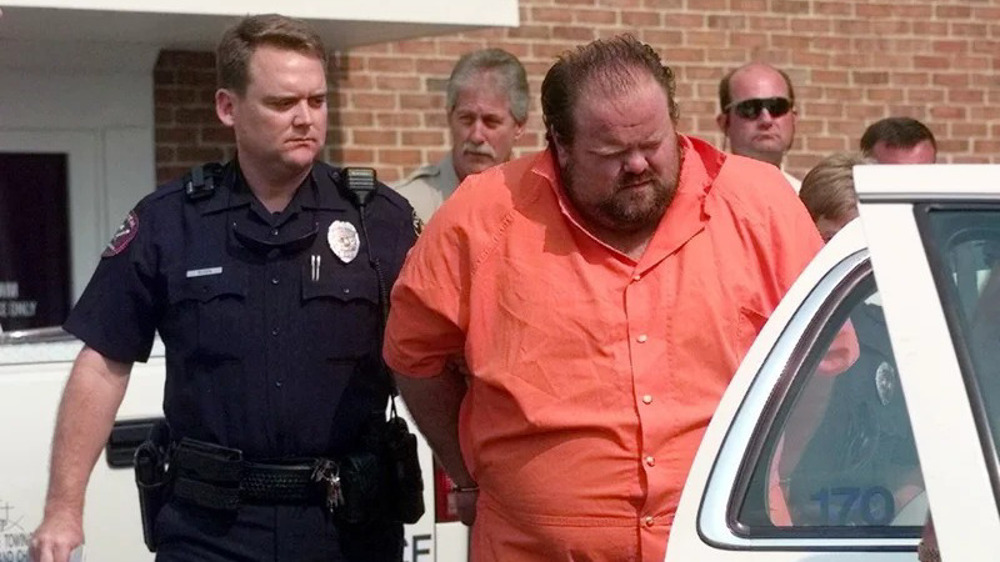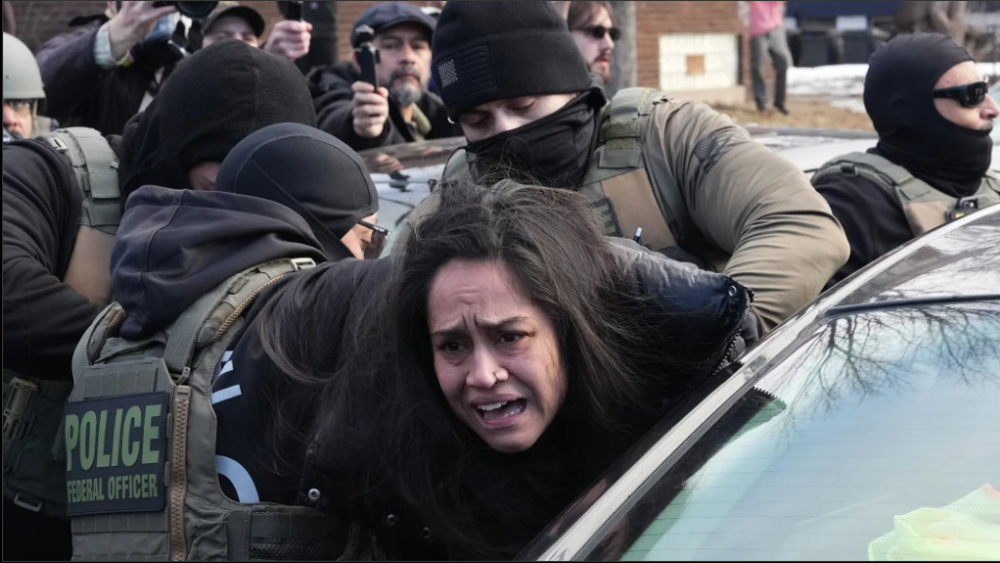Alabama may use untested execution method of nitrogen hypoxia next week
The US state of Alabama may use an untried execution method, known as nitrogen hypoxia, later this month to carry out the death sentence of an inmate.
The Deputy Attorney General for Alabama, James Houts, told a federal judge that it's “very likely” that nitrogen hypoxia could be available for the execution of Alan Eugene Miller, who was convicted in a triple killing in 1999.
The final decision on whether to use the new method is up to Corrections Commissioner John Hamm, Houts said, and litigation is likely.
Miller, awaiting a Sep. 22 execution, was convicted of killing three men in a workplace shooting in 1999.
He said he opted for nitrogen hypoxia instead of lethal injection due to a fear of needles, but corrections officers lost his paperwork.
While the Alabama attorney general's office found no evidence of that, Miller could receive death by nitrogen hypoxia if a judge blocks the use of lethal injection.
The method causes death as the inmate is forced to breathe only nitrogen, which deprives him or her of the oxygen needed to maintain bodily functions.
Nitrogen hypoxia is authorized as an execution method in three US states, including Alabama, Oklahoma and Mississippi, but has never been used.
Miller's lawyer, Mara Klebaner, said the inmate's legal team needed more information about the nitrogen process and wouldn't agree blindly to its use.
The inmate's lawyers don't want him to be the test case for an untried execution method, Klebaner said.
Critics also likened the untested method to human experimentation.
"It is completely untested," said Robert Dunham, executive director of the Death Penalty Information Center.
While proponents have theorized it would be quick and painless, Dunham maintained that states once said the same thing about the electric chair.
After capital punishment was reinstated in the US in 1976, most executions were carried out by electrocution, with some others by gas chamber, hanging or firing squad.
Lethal injection was carried out for the first time in 1982 and became the dominant method.
According to the non-profit Death Penalty Information Center (DPIC), 1,370 people have been executed via lethal injection, representing 88 percent of all executions since 1976.
But some states began proposing nitrogen hypoxia as an alternate execution method because of the difficulty obtaining lethal injection drugs.
Other states have even reconsidered the possibility of using a firing squad or electrocution, though legal challenges have prevented those methods from being used again.
Iran reports record natural gas processing capacity
US judge bars federal agents from pepper spraying, arresting protesters in Minnesota
Another Palestinian baby freezes to death in Gaza as Israeli limits stall winter aid
VIDEO | Australia submits to Mossad
VIDEO | Israel’s yellow line: De facto annexation of over half of Gaza
VIDEO | Press TV's news headlines
Trump, Netanyahu orchestrated deadly riots to destabilize Iran: Hezbollah chief
VIDEO | Trump hesitant, Iran firm & resilient










 This makes it easy to access the Press TV website
This makes it easy to access the Press TV website